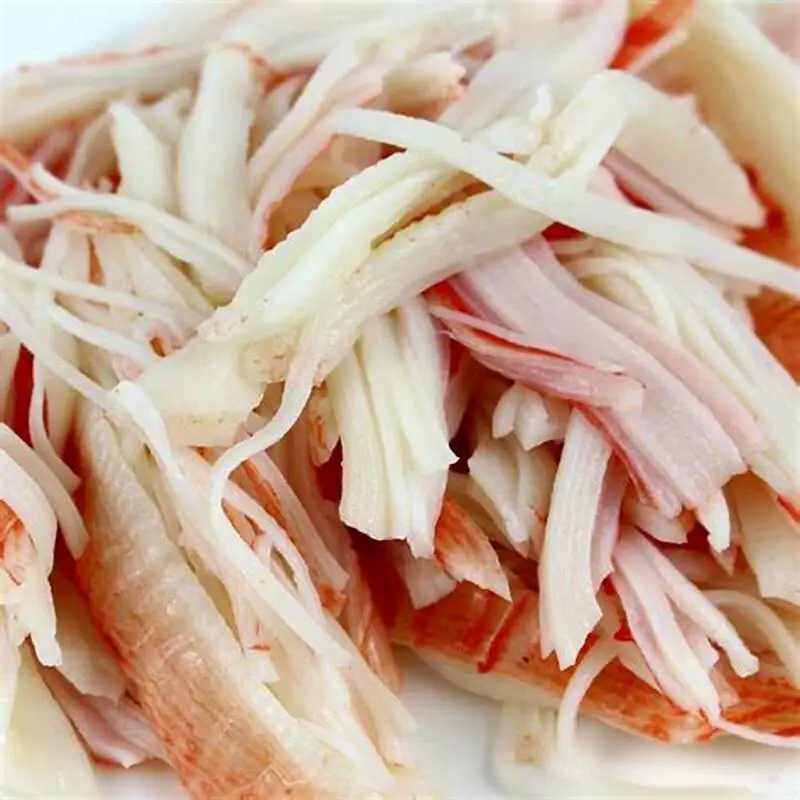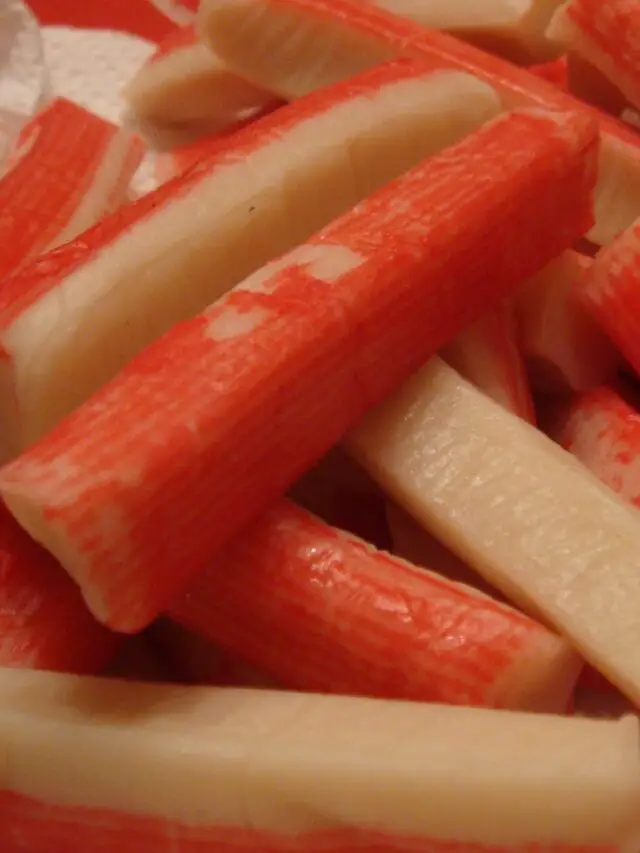A series of revealing videos offer an inside look into the production process of fake crab sticks, often humorously dubbed the “hotdogs of the sea.” These imitation seafood delicacies, widely consumed in various dishes, are crafted from surimi—a seafood paste derived from white fish like Alaskan pollock. The intriguing videos showcase the meticulous steps involved in creating these faux crab sticks, shedding light on the ingredients, techniques, and even the controversy surrounding their production.
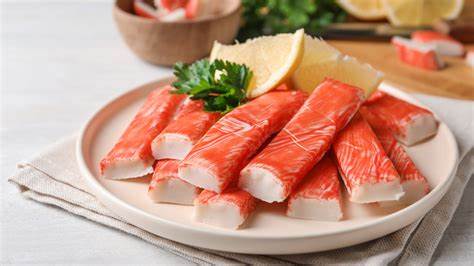
Ingredients and Process:
The primary ingredient in fake crab sticks is surimi, a versatile seafood paste. The videos illustrate the blending of surimi with sweeteners, preservatives, and binders to achieve the desired taste and texture. The paste is then intricately piped into molds, forming the distinct crab stick shape. To mimic the natural color of crabs, a layer of orange food dye is applied to the exterior. Notably, some dyes are derived from unconventional sources like carmine—an insect-based coloring agent, adding a surprising twist to the manufacturing process.
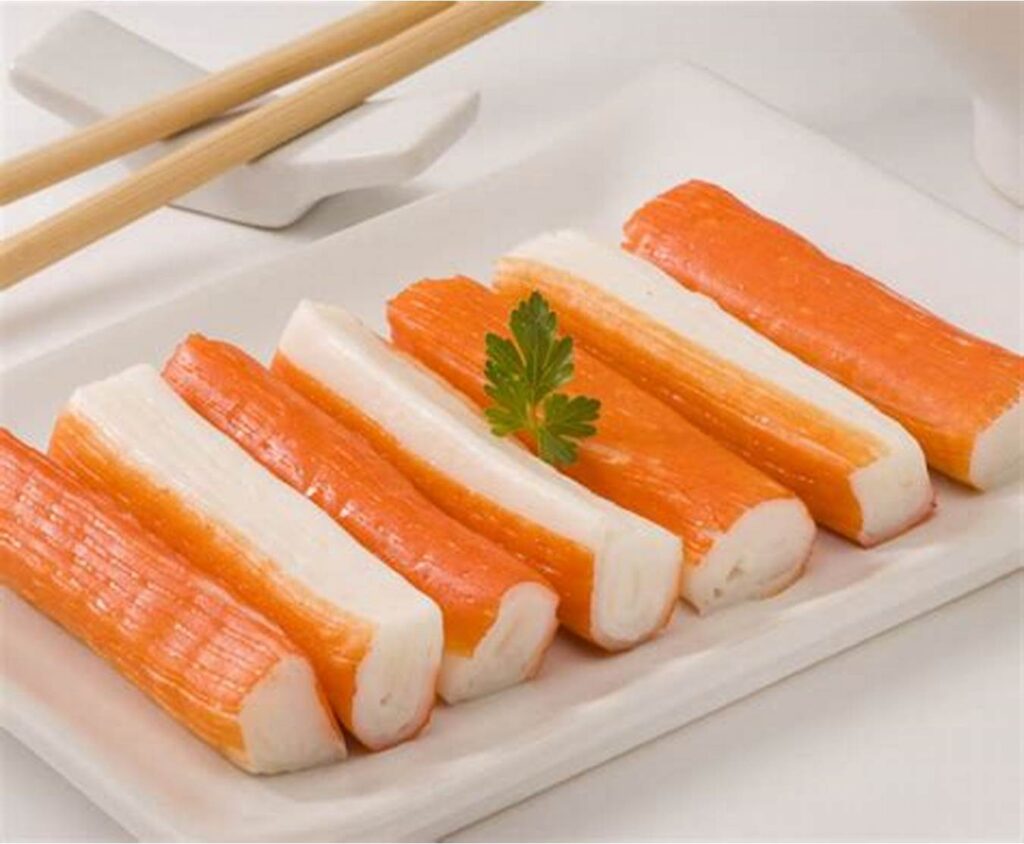
Historical Roots of Surimi:
Chapter One, titled “Historical Review of Surimi Technology and Market,” from the edited volume Surimi and Surimi Seafood (2014), provides an insightful journey into the history of surimi, dating back a thousand years. The emergence of the crabstick, known as kanikama, is attributed to Mr. Sugino and Mr. Osaki in the 1970s, revolutionizing the global surimi and surimi seafood industry. The crabstick served as a connecting thread between Japan and various regions worldwide, including South Korea, the United States, Europe, South America, Southeast Asia, and China.
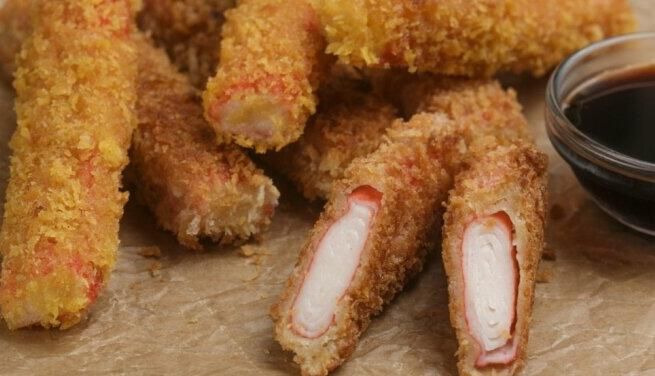
Nutritional Comparisons:
While imitation crab attempts to replicate the look, taste, and feel of real crab, there are significant nutritional differences. Real crab meat boasts nearly three times the protein content compared to imitation crab. Additionally, real crab contains more beneficial nutrients like vitamin B12, Omega-3 fatty acids, and zinc. The USDA Food Data Central highlights variations in sugar and sodium content, with real crab demonstrating a nutritional edge. Individuals with gluten sensitivities are cautioned to avoid imitation crab, often processed with starch and other gluten-based thickeners.
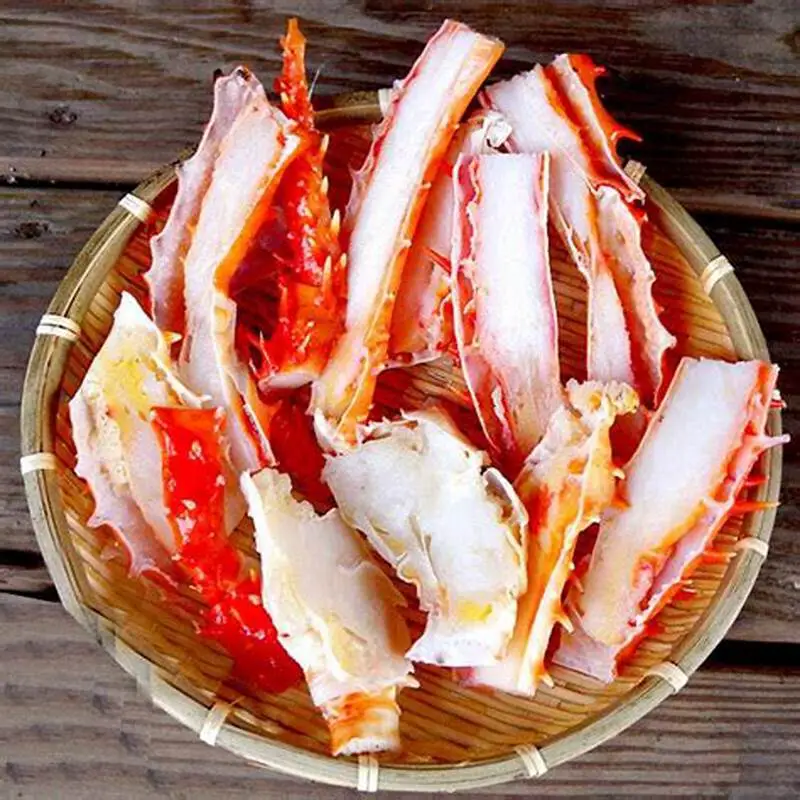
Conclusion:
The journey into the making of fake crab sticks unveils a fascinating blend of tradition, innovation, and controversy. As these videos provide transparency into the manufacturing intricacies, consumers are encouraged to make informed choices, considering both taste preferences and nutritional aspects. The age-old history of surimi adds a cultural dimension to the culinary landscape, making the “hotdogs of the sea” a captivating subject of exploration and discussion.
